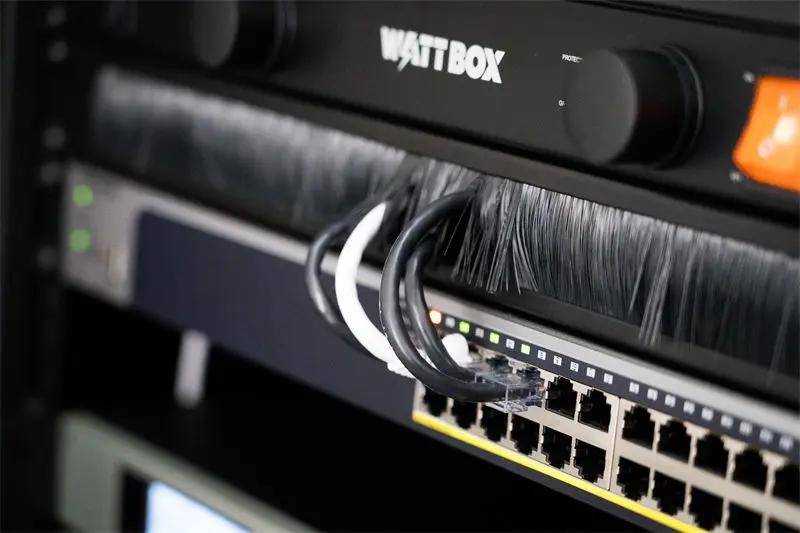Hong Kong server fault tolerance is the ability of the Hong Kong server system to continue to provide services without interruption/greatly reducing services in the face of hardware/software failures. The goal of fault tolerance is to design and implement strategies for system architecture, hardware, and software so that the system can automatically or manually switch to backup components and backup systems in the event of a failure. The key to fault tolerance is to identify potential failures that may cause system outages and take preventive measures to mitigate or eliminate the impact of these failures on the system. Here are some key fault tolerance strategies:
Hardware redundancy
Reduce the impact of hardware failures on servers in Hong Kong by using redundant hardware components such as redundant power supplies, redundant hard drives and redundant network interfaces. If a hardware component fails, the system can automatically switch to a backup component.
Load balancing
Use load balancing technology to distribute traffic across multiple Hong Kong servers to prevent overload or failure of one Hong Kong server from affecting overall performance. The load balancer can balance the distribution of requests and redirect traffic to available servers in Hong Kong when needed.
failover
In the event of a failure of a critical component or service, automatic switching to a backup system ensures continuity of service. This can be achieved through the use of redundant servers, virtualization technologies, or containerization.

Data backup and recovery
Back up your data regularly and ensure that the backup can be restored quickly and reliably in the event of a failure. Backup data should be stored in a secure and distinct location from the primary Hong Kong server to prevent a single point of failure.
Real-time monitoring
Deploy real-time monitoring systems to monitor the performance, health, and availability of servers and applications in Hong Kong. By monitoring, you can discover and respond to potential problems in a timely manner to prevent faults.
Fault-tolerant soft
Use fault-tolerant software and technologies, such as fault-tolerant file systems, database fault-tolerant mechanisms, etc., to improve system stability and availability.
Distributed architecture
The system is designed as a distributed architecture, distributed across multiple geographically located servers in Hong Kong. This helps reduce the risk of a single point of failure and improves the overall fault tolerance of the system.
Automated operation and maintenance
Automate operational tasks, including configuration management, updates, and deployment. Automation reduces human error and ensures the consistency and stability of the system.
Disaster recovery plan
Develop a disaster recovery plan that specifies what to do in the event of a major failure or disaster. Including data recovery, the use of backup facilities and so on.
Safety measure
The system security is strengthened by means of firewall, intrusion detection system, and security audit to prevent the impact of malicious attacks on the system.
Fault tolerance refers to the ability of a system to maintain stable operation in the face of hardware failures, software errors, or other abnormal conditions. To ensure the stability and availability of the system. Ensuring uninterrupted operation of servers in Hong Kong requires an effective Fault Tolerance policy. By combining these fault tolerance strategies, the stability and availability of servers in Hong Kong can be greatly improved, ensuring that the system can continue to operate stably in the face of various failures and anomalies.

 EN
EN
 CN
CN








